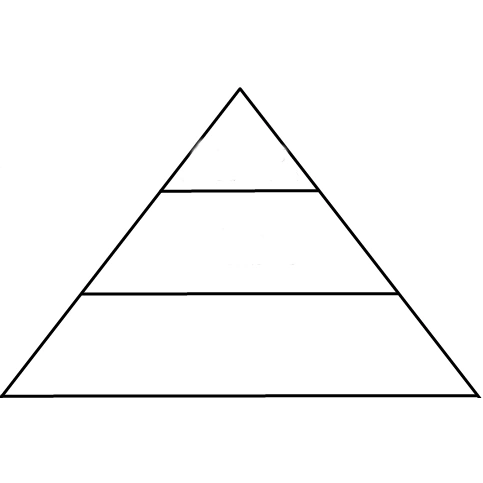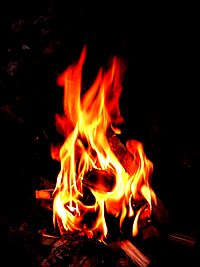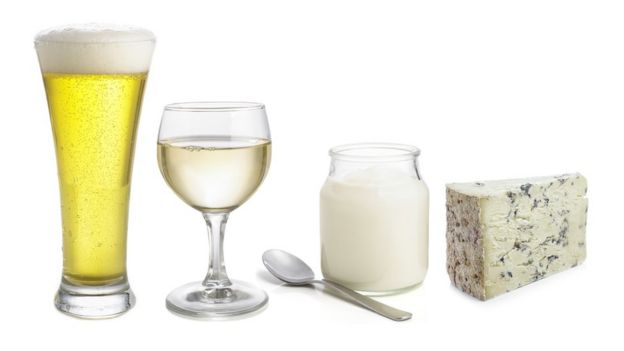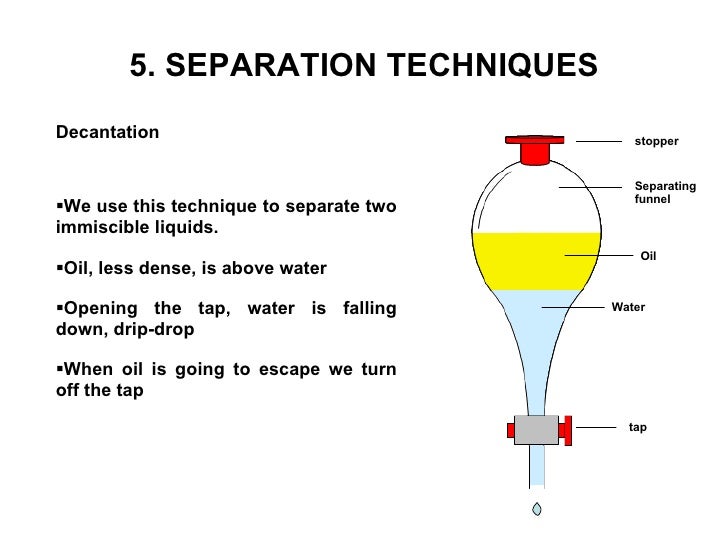Here are some paintings that show use of color:
Picasso, La habitación azul, 1901
Cool colours
Van Gogh, Casa en Auvers, 1890
Analogous colours (next to each other on the color wheel)
Degas, Bailarinas en la barra, 1888
Complementary colours (opposite on the colour wheel)
Matisse, Interior con cortina egipcia, 1948
Complementary colours (red and green)
Cool colours (green and blue)
Rothko, Untitled 1968
Warm colours
You can see all of these paintings and more right here in Madrid at the CaixaForum.
They have an exhibit called "Impressionistas y modernos" that is open until October 23rd. It is a special collection of famous paintings from the Phillips Collection in Washington, DC.
What do you think?












